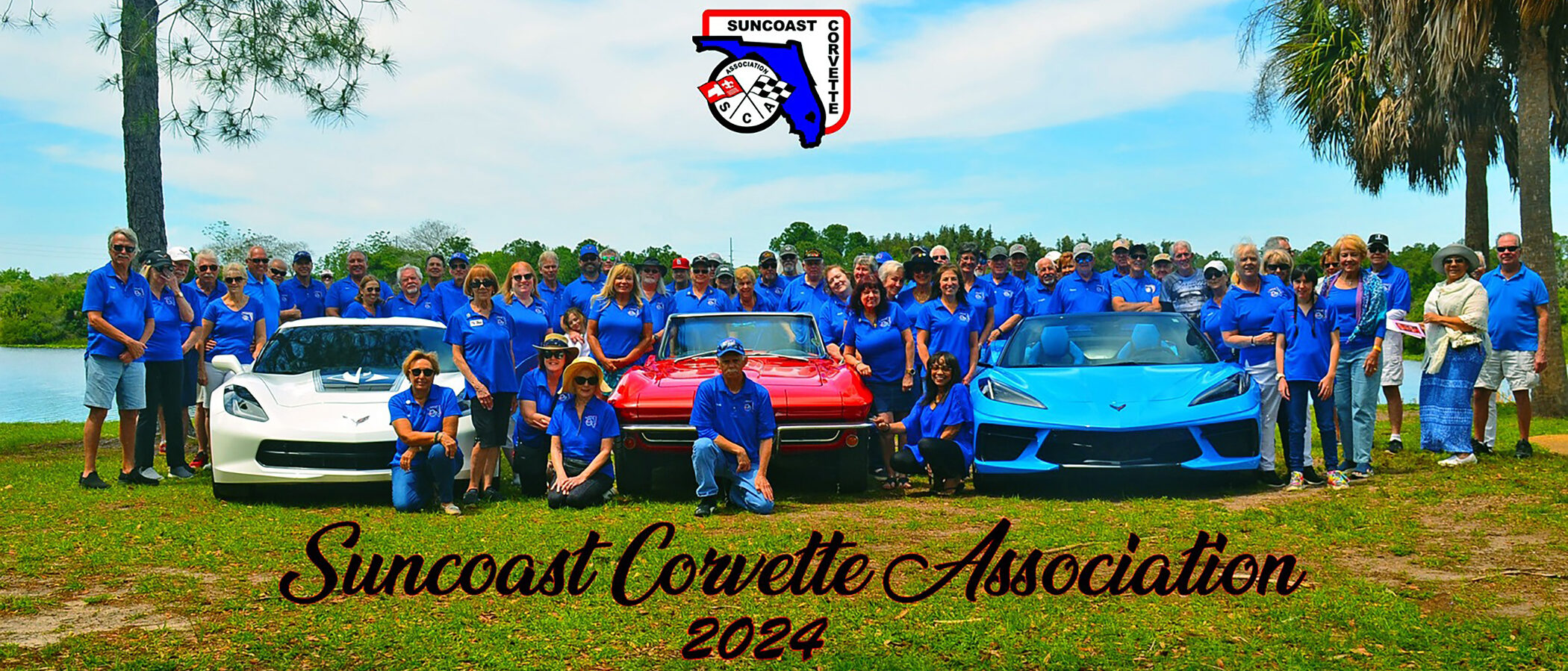
Our garage is your garage!
The Suncoast Corvette Association website includes information about Who We Are, how to Join the SCA and our Calendar of Events, for all visitors. While Our Members Only section is an exclusive club membership resource, providing a personalized experience for each of our logged in SCA Members, with club features such as Past Events Photos and our Member’s ‘Vettes.
Our site is clearly the most effective way for sharing SCA news & information pertinent to Corvette enthusiasts who frequent our site from around the globe, and our many cherished SCA Members.
We hope you enjoy our website and will soon become a member of the club if you haven’t already jumped in the driver’s seat and grabbed the steering wheel.
